Rent
ProLift offers daily, weekly, and monthly rentals. Find the right equipment for maximum productivity and safety.
Let us know how we can assist you! A ProLift specialist will connect with you to help with your material handling needs.
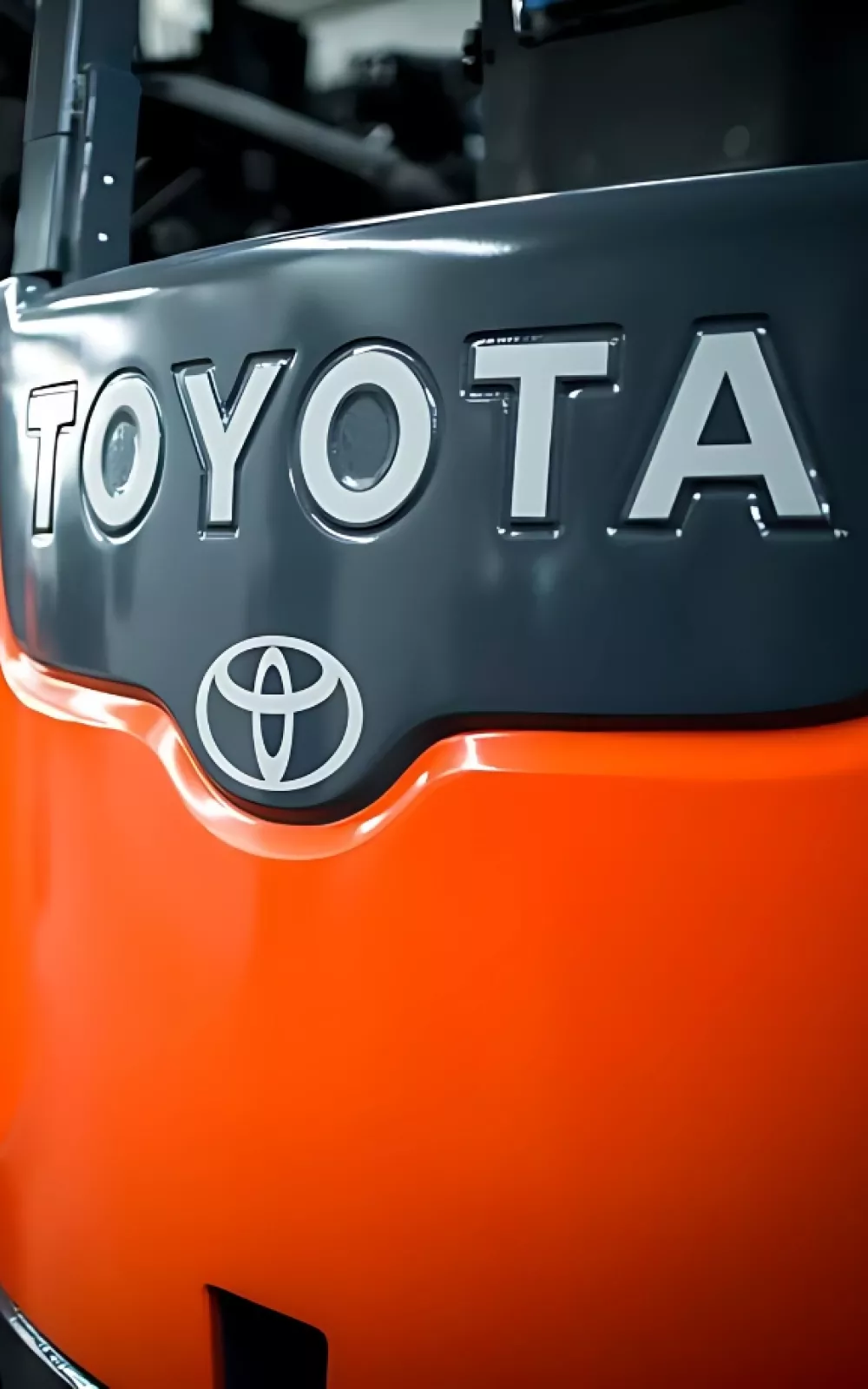
Forklift abuse can lead to costly repairs and safety hazards in your operation. Learn to recognize the common signs of forklift abuse, from wear and tear to improper handling, and discover how proactive maintenance can protect your equipment and keep your team safe.
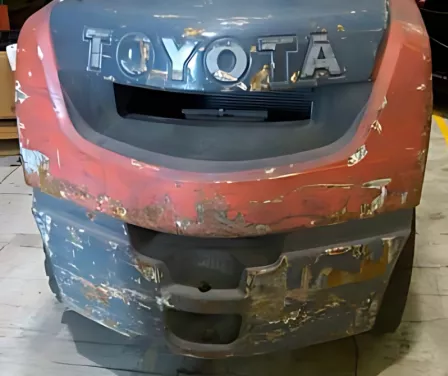
Forklift abuse occurs when an operator or the specific application leads to equipment damage beyond normal wear and tear. Some damage results from reckless driving, while in other cases, an untrained operator may unintentionally cause harm to the forklift without realizing the impact of their actions.
It’s difficult to witness and correct unsafe or reckless driving at all times; however, you can begin to recognize forklift abuse with an audit of your equipment and facility.
Using the list of signals provided, create a checklist of forklift damages that appear to exceed normal wear and tear. Consider the age of your forklift and how many hours it operates each day. To document any damage, take photos of the forklift or affected areas in the facility. These images provide a clear record of the time and date of the damage and can be easily shared with colleagues for reference.
Forklift abuse comes with a high price tag that includes service repairs, destroyed product and facility damage. In addition to regular communication about forklift audits, you can increase safe operation with forklift safety training.
Decrease unsafe forklift operation at your facility. Contact ProLift to schedule a forklift safety class. We can train any employee that operates your forklift or your on-site trainer.

Continue promoting safety at your facility with our comprehensive safety training classes. ProLift offers training for both operators and trainers. Contact our safety specialist to schedule your team.
ProLift is your one-stop shop for dock and door, forklift, and industrial battery maintenance. Contact us today to be connected with a sales consultant.
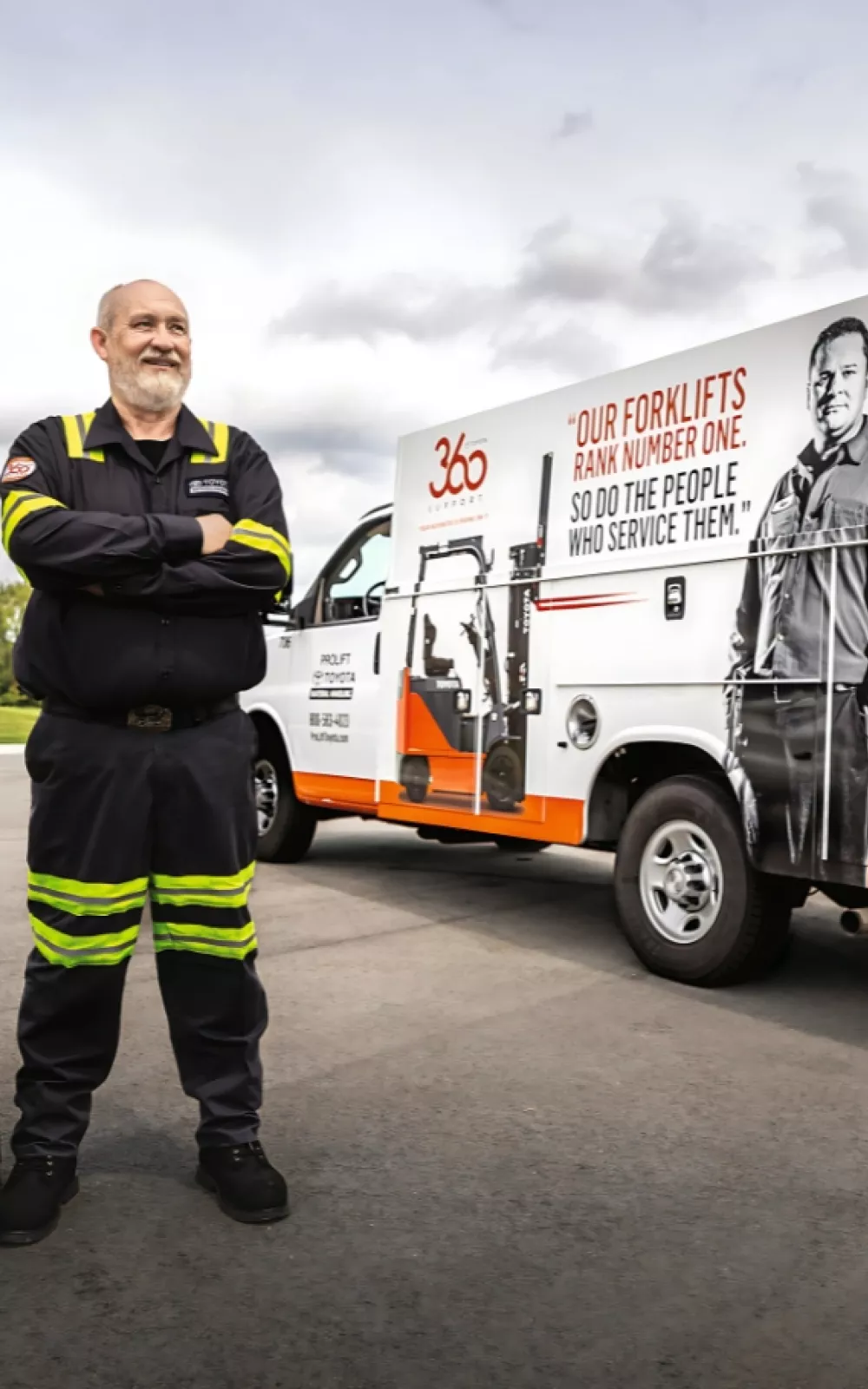
Our aftermarket solutions keep your operations running smoothly. Explore ProLift's comprehensive support today and see how we can elevate your material handling operations.

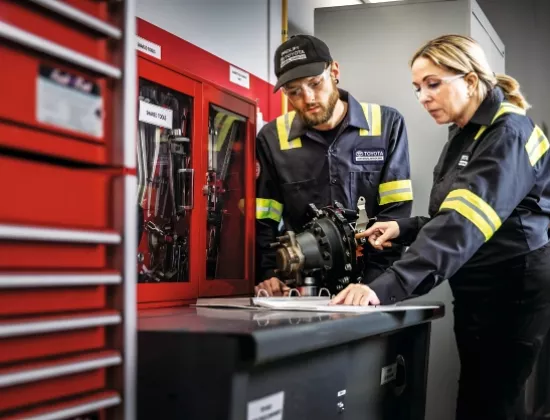
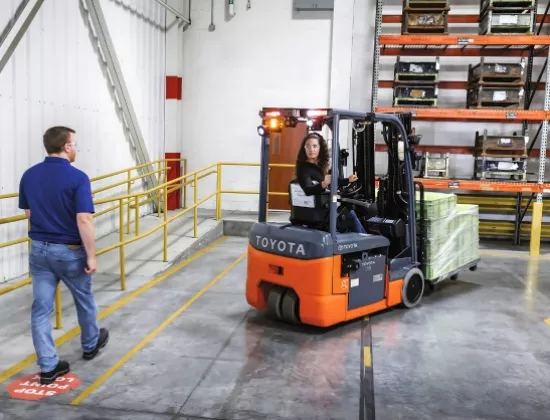

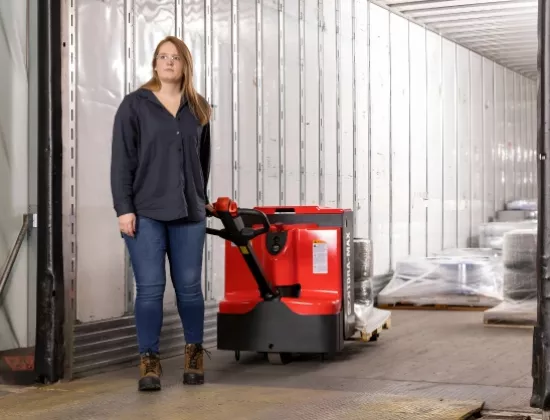
Tell us how ProLift can help. We will connect you with a specialist to answer your questions and provide a quote.
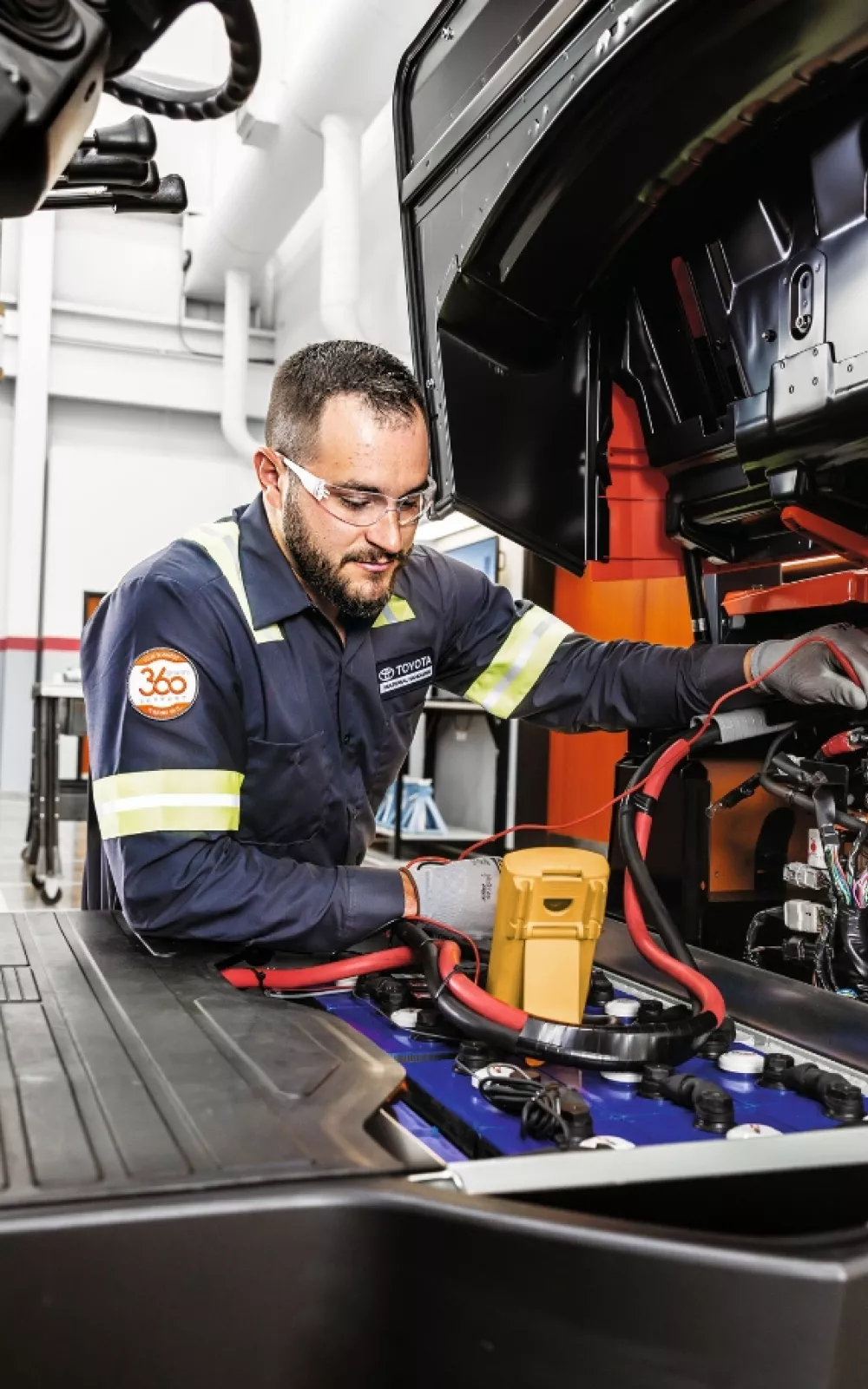
Let us know how we can assist you! A ProLift specialist will connect with you to help with your material handling needs.
